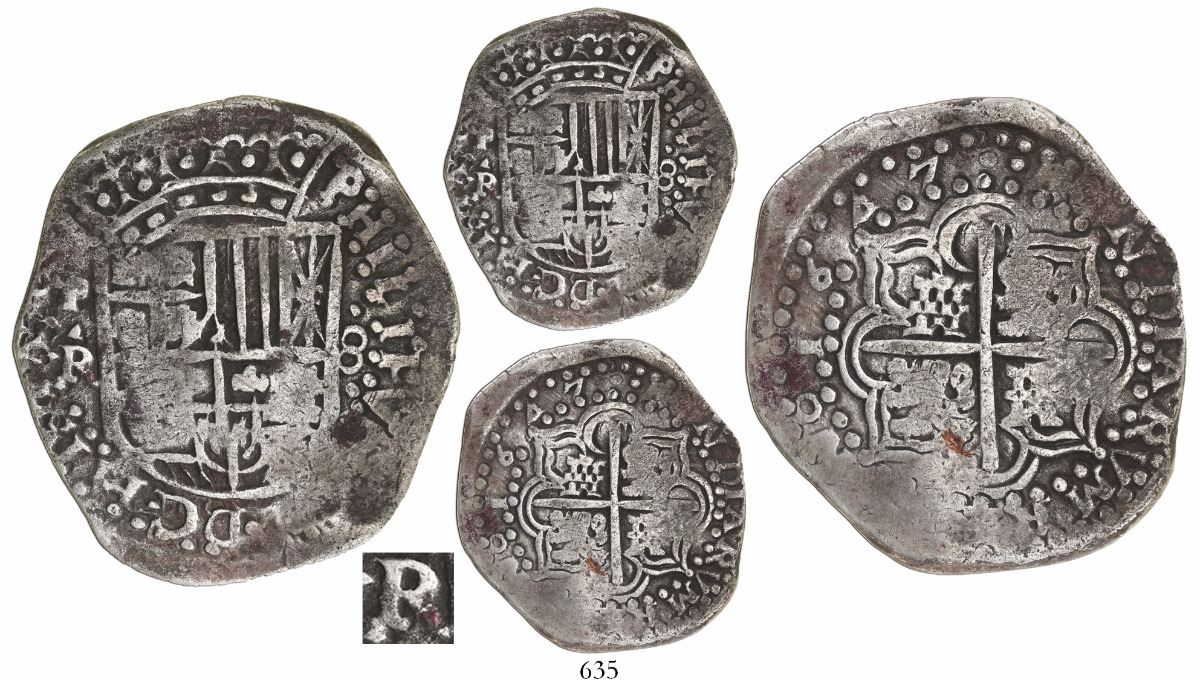
The Royal Mint at Potosí: Inside a Global Seventeenth-Century Cash Machine
Kris Lane, France V. Scholes Chair in Colonial Latin American History Tulane University
October 24, 2022 · 4:30 pm—6:00 pm · 219 Aaron Burr and Zoom
Renaissance and Early Modern Studies

Hybrid Event:
In Person: 219 Aaron Burr Hall-Register HERE
ZOOM: Register HERE
This presentation examines the world’s most productive mint at its height in the 1640s, coincidentally a time of global crisis and severe, nearly universal money troubles. How did the Potosí mint, located high in the Andes mountains of what is today Bolivia, influence world money flows by 1640? How did this geographically isolated colonial mint function? When mass debasement was discovered in the early 1640s, how was it linked to credit structures in Potosí’s and greater Peru’s mining and commercial sectors, and what does all this tell us about early modern imperial economies and the significance of hard silver cash just as paper credit grew more sophisticated and wartime borrowing ballooned?
Respondent: Francesca Trivellato, Andrew W. Mellon Professor, Institute for Advanced Study
Chair: Yaacob Dweck, Department of History and the Program in Judaic Studies
Kris Lane holds the France V. Scholes Chair in Colonial Latin American History at Tulane University in New Orleans, USA. He is author of Pandemic in Potosí: Fear, Loathing, and Public Piety in a Colonial Mining Metropolis (2021), Potosí: The Silver City that Changed the World (2019), Pillaging the Empire: Piracy in the Americas, 1500-1750 (2015), Colour of Paradise: The Emerald in the Age of Gunpowder Empires (2010), and Quito 1599: City & Colony in Transition (2002). Lane is currently writing a history of the great Potosí mint fraud of the 1640s. A documentary history of the Basque-Vicuña conflict of the 1620s is in press.
Reception to follow the presentation












